The Draw of the Faroes
Words by Dalene Heck / Photography by Pete Heck
I get this place.
Well, as much as anyone can after a brief visit, but there are certain things that only people who come from tiny and remote corners of the world will ever understand. Like the fact that everyone knows most everyone, and thus your business is everybody’s business. Or that even though you may grow up feeling bored and isolated and ache to leave, once you do, there is sometimes a very strong draw to return to that isolation. Or, in the case of the Faroe Islands, the longing for the unspoilt beauty of these islands that are truly unique in the world.
I completely understand the draw. The strong connection with nature, the sense of community that cannot be found in bigger centres, even certain unique flavours that cannot be get elsewhere. It is a common story to hear of Faroese who had left at one point (as most do for further education) but also believing they were bound for bigger things than what could be offered in their home archipelago. Yet years later, they just knew they had to return.
The islands were calling them back.
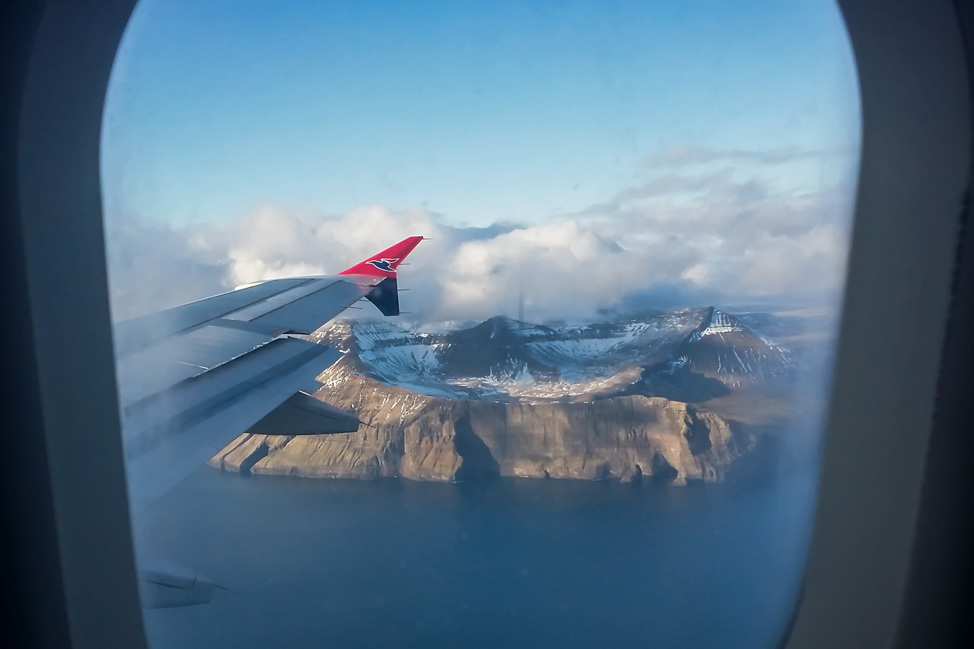
For hundreds of years, the Faroese isolation was amplified by periods of repressive Danish rule. Trading monopolies were harsh and long stood in the way of development.
Fun fact about Denmark: the Islands still remain under the country’s realm, and the relationship has been complicated. One that saw the Dane’s attempt to stymie Faroese culture and remove their language, yet at other times provide assistance in bolstering the economy and quality of life. A majority voted for independence in the 1940s, but the referendum was shot down by the Danish government because not enough people were deemed to have participated. The desire for independence has ebbed and flowed.
Many are wary of the loss of monetary support, but others are sure they could thrive without due to the strong fishing industry. The population has been steadily just under 50,000, although many speak about the deficit of 2,000 women (which is a lot as a percentage). Some are going abroad to find a spouse and other cultures are cautiously being welcomed, although indigenous Faroese people still sit at well over 90% of the whole.
For newcomers, it would be a tough integration. The rough and ever-changing weather, the rugged terrain, the isolation, the unique cuisine. With a steady supply of lamb and the tradition of wind-drying it in special slotted shacks, the fermented results have been called “the taste of the Faroes”. For many, it is their taste of home. (For me, it is a taste I hope to forget.)
But the rewards would be overwhelming for the right people. Because we can defiantly say that there is no place in the world that we’ve been to as beautiful or as beguiling.
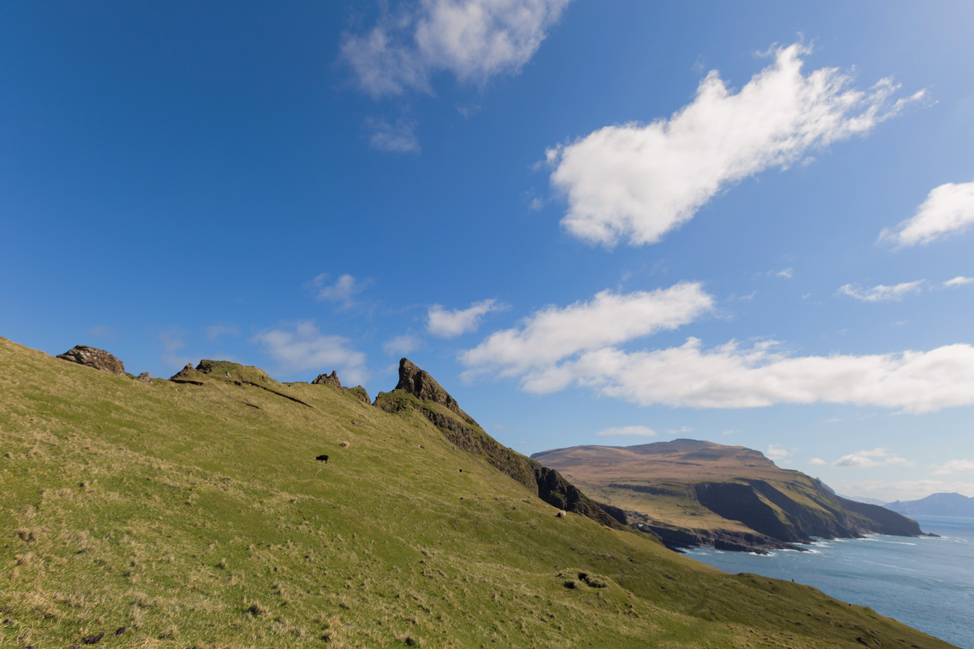
And as career explorers drawn to remote areas and the stories of the people within, there are just so many to be heard here.For one, there is the small island of Koltur, where two families once lived. These families did not get along, and although they were the only two on the island, they did not speak to each other. This feud went on for so long that they could no longer remember what they were even fighting about. They have both since left, and the island is set to become a national park.
And then there is the Patursson family who have inhabited the most important cultural centre on the islands, a farmhouse in the village of Kirkjubøur, for no less than 18 centuries.
They are sheep farmers but over the years have also produced nationalist leaders and writers, a world-renowned artist, and the first feminist of the Faroes. They graciously open their doors to tourists, and we were so pleased to sit for tea with Johannes, the current head of family. In a room blanketed in relics and framed photographs of forefathers and mothers, he talked of changes to farming practices and carefully of his thoughts on independence. We spoke often of the word “balance” – of tourism and nature, of old ways and new. There were so many more things I wanted to ask of him, but was too shy to during our brief meeting.
We touched on the future of his family and the farmhouse, of the interesting position for every child as they are raised there, aware of the historical and cultural significance of the unbroken family presence since 1550. But what of their own ambitions? Well, the farmhouse will stay with us for at least another 20 years while I am here, Johannes shrugged, releasing the semblance of any pressure.
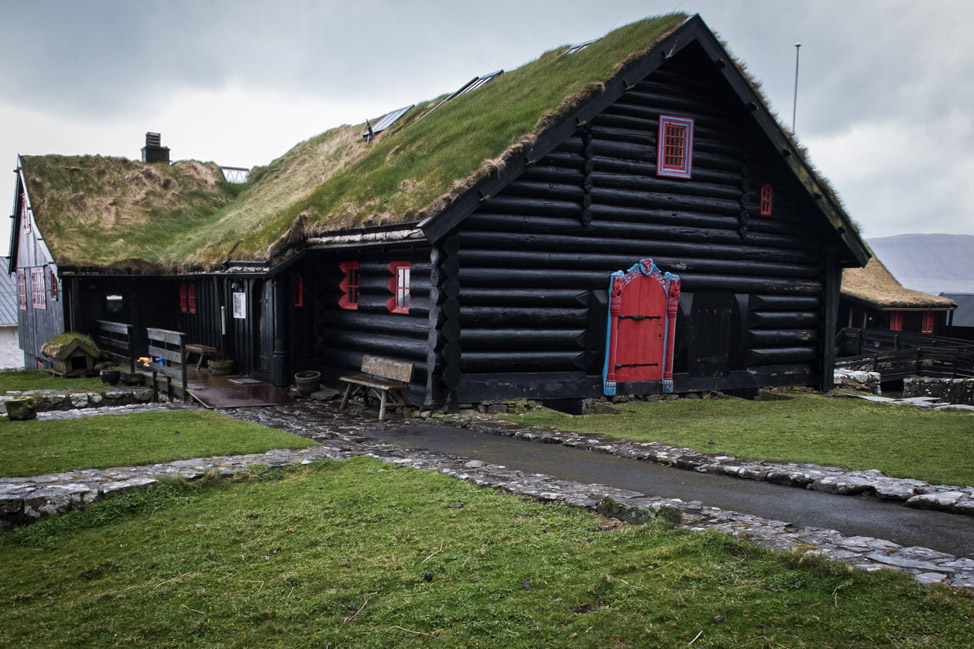
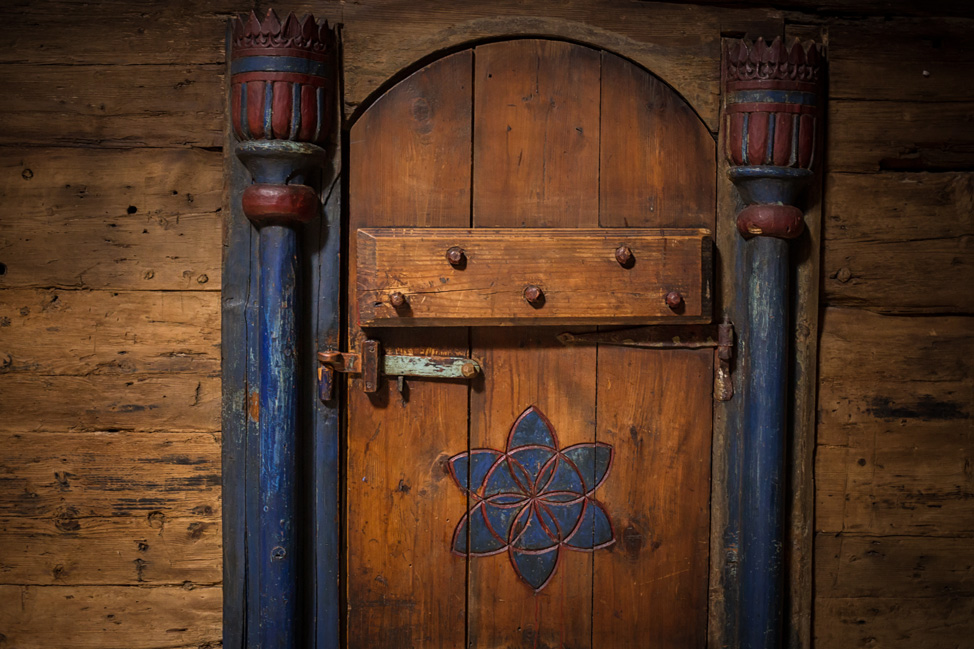
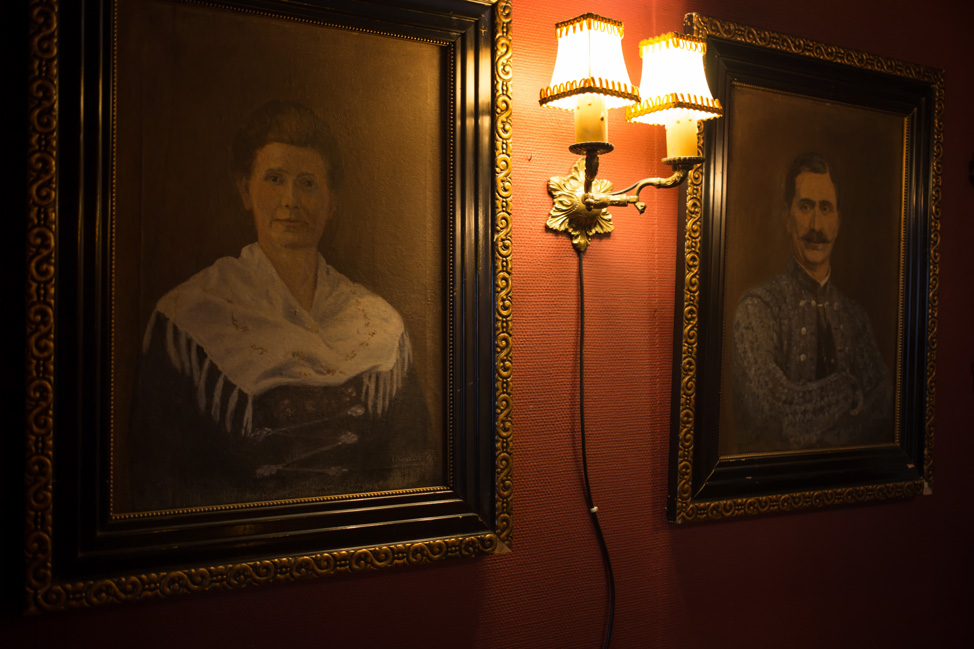
As a cavalier outsider, wooed by the adventures to be had among the 18 islands, it is easy to say that I would gladly take up such a place in history and adore the life presented. I’d savour every fleck of rugged scenery and indulge in the solitude. I’d put myself in charge of the biennial mowing of the traditional grass roof and only use goats. I’d wear nothing but chunky wool sweaters I knit myself, walk the craggy shores daily, and use the silence to finally learn how to really write. Maybe I’d even develop a taste for fermented lamb. Pete could come too.
But that’s easy to say, harder to do. Because I get this place. It is isolated, remote, and with a terrain that is a challenge for the truest of adventurers. It will always be confronting for some yet alluring for others.
I can already feel the islands calling me back too.
where we stayed
As our upcoming stories from the Faroes are a mix of all the places we visited, we present all of our accommodations here. Note that it is almost entirely possible to base yourself in the capital of Tórshavn and visit most places in day trips.
tórshavn
Although not quite near the center of the capital, the Hotel Føroyar is in a really great location just off the main highway, the perfect base for making day trips. The restaurant onsite was also recently voted as the best in the Nordic countries.
gjógv
The Gjáargarður Guesthouse is basic but very clean and comfortable (and basically the only place to stay in the area). The food served on site is also really good.
vágar (airport)
Basic but clean and comfortable, the Hotel Vágar right near the airport and perfect for catching early morning flights.
Our trip was courtesy of Visit Faroe Islands. All opinions, as always, are our own.
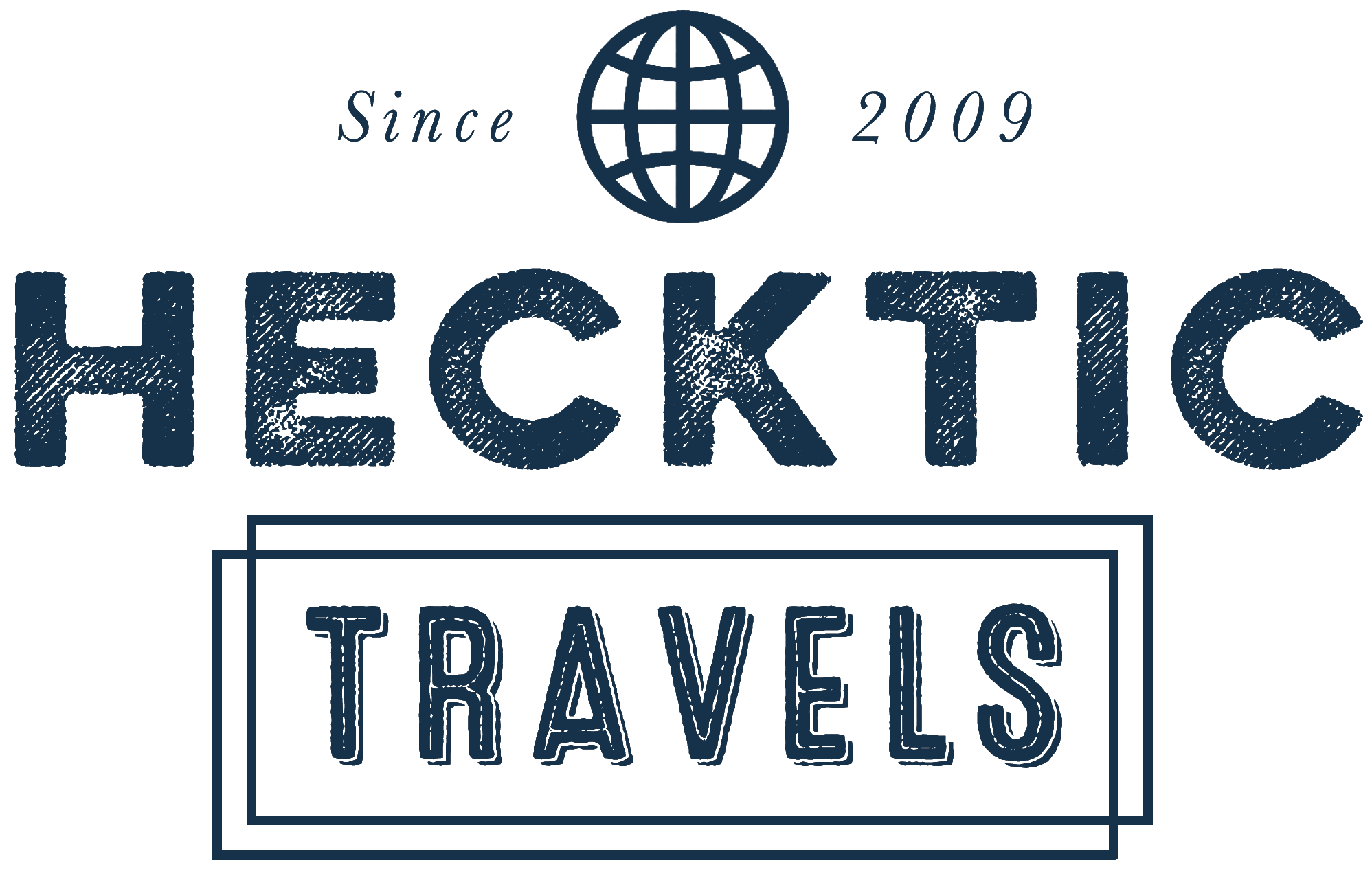
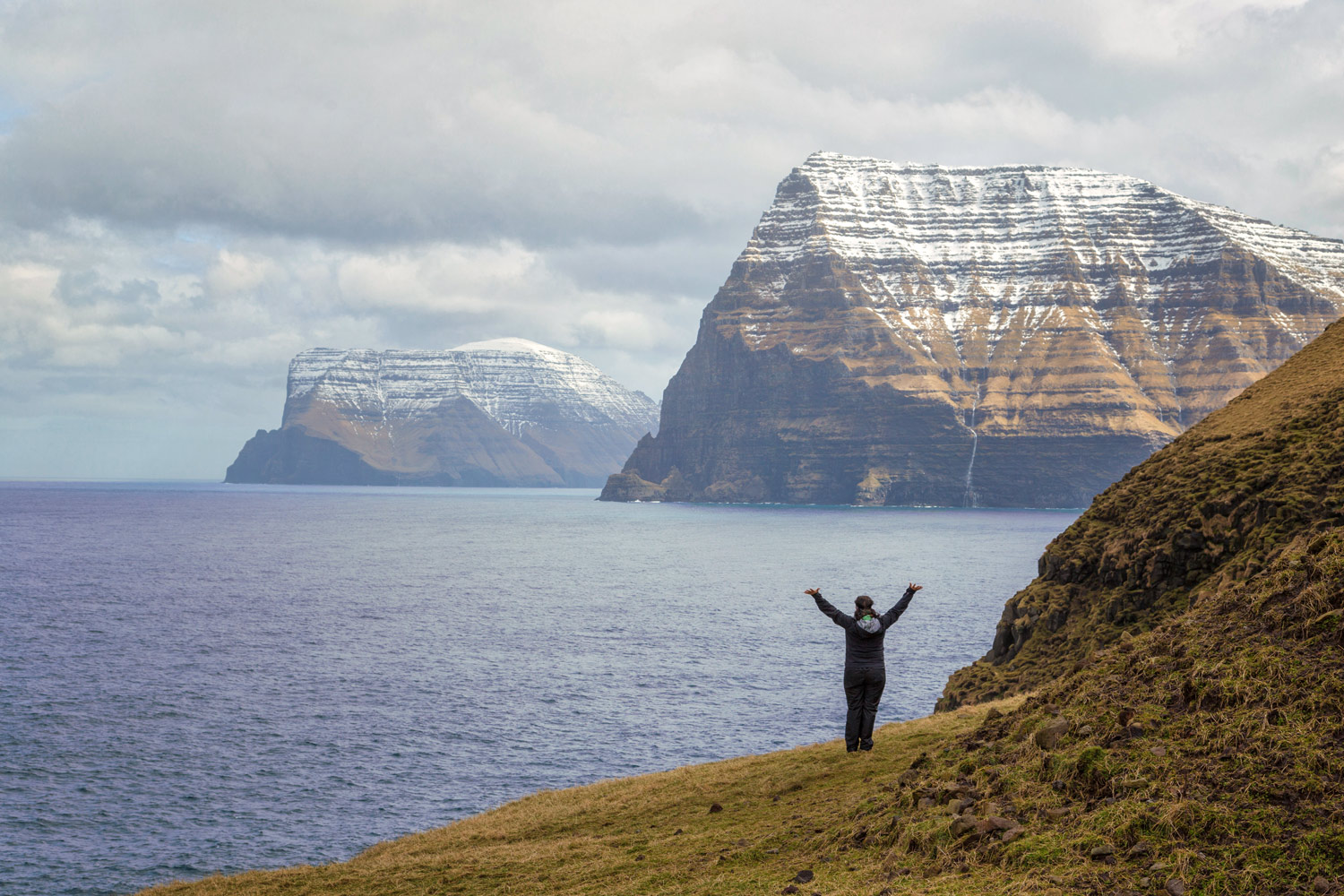
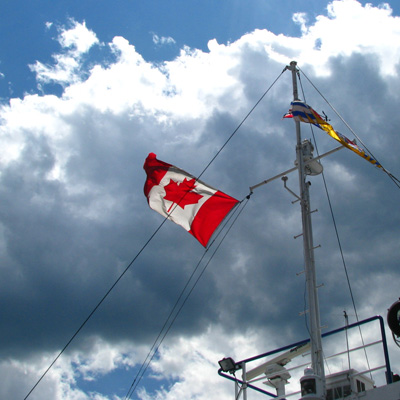
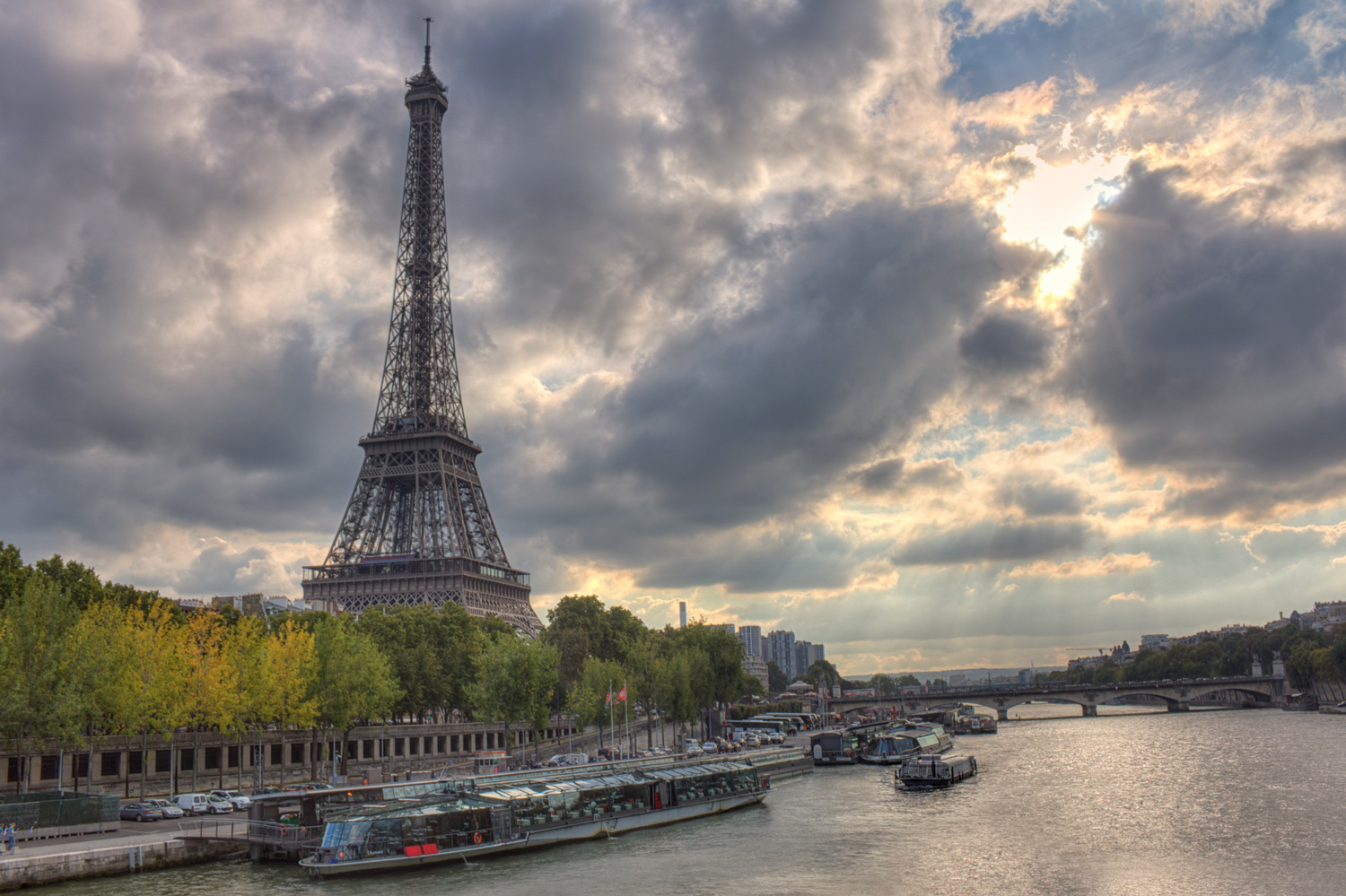
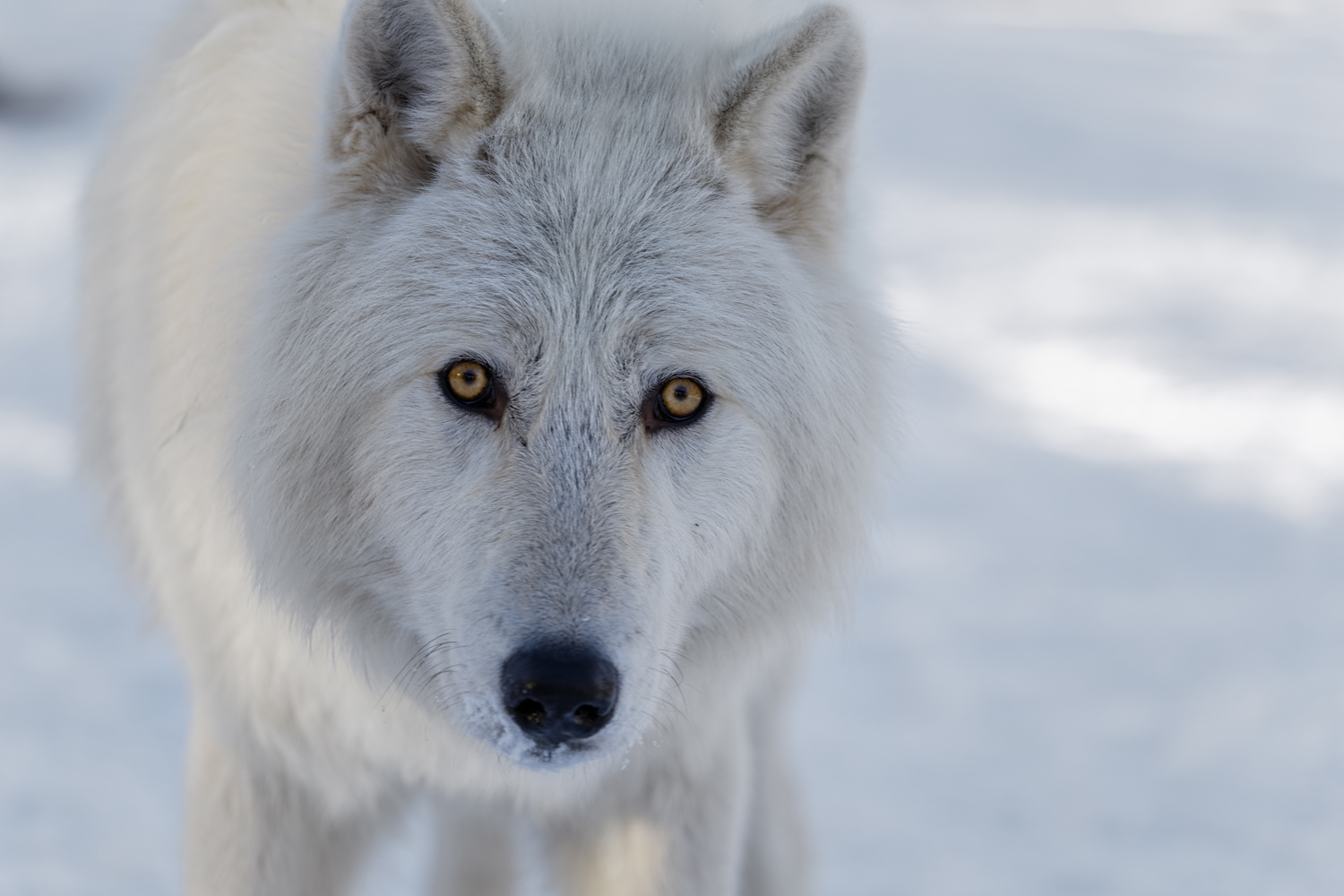
I’ve been looking forward to your first posts on the Faroe Islands. What a wonderful hidden gem! I mean, I love reading about other people’s travels, but I can only take so many posts on Thai beaches 🙂
Funny enough, we have not set foot on one Thai beach yet! 🙂
Fascinating!Koltur sounds like the makings of a reality TV show….warring families on one island 😉
Right? I wish I knew more about it.
Great Post !! i think once you live your real home you always come back because that place feels like heaven
I’d been waiting to hear more about your time on Islands. They are another place, that you’ve added to my must see list. I love the small, less touristed places where I can have peace & quiet with nature, so I think this fits the bill!
This really does Ashley! I hope you get there!
Hi guys. Great post here as it’s rare for me to see other travel bloggers going to destinations like the Faroe Islands. I’ll be heading to September and looking forward to it. Apart from Greenland, it will be the last country in the Scandic/Baltic regions for me to visit and it looks like it will be worth it. Safe travels. Jonny
Enjoy your time there Jonny! Seems like we are similar in that way – being attracted to those countries! We’ve done Greenland but still have plenty more to do. Can’t get enough of that corner of the world.
Looks absolutely extraordinary, guys and look forward to more.
Extraordinary is the perfect word to describe it. More is on the way!
You have managed to put so succinctly exactly how I feel about my homeplace in Ireland. I suppose the relationship and story is that of an island (big or small!). Breath-taking first image!
I’m from the big island of Canada 🙂 but a very remote part so it totally applies there too. Although I’m not sure I’ll ever go back there to live (too long of winters!) I do feel the draw to visit that beautiful part of the country, that I now appreciate more since I left it!
“Or that even though you may grow up feeling bored and isolated and ache to leave, once you do, there is sometimes a very strong draw to return to that isolation”
I completely understand this. It also applies to where I’m from.It’s funny how my appreciation for my home grew stronger the longer I was away from it.
And thank you for the insight into the Islands. I considered visiting the Faroe Islands a couple of years ago but just couldn’t afford it at the time. Next time I’ll just go anyway!
I love the terrain, and would enjoy the remoteness at least for a week or two 🙂
Spectacular landscapes, lovely places…Ah! I wish I get a chance to visit such pristine lands!
What a magnificent island. Peaceful, rural, isolated and natural. Just what you need for a break away from the hustle and bustle, or merely just to be in the outdoor and to appreciate life as we know it. Or should!
I’ve just started my nordic adventure as I went to Finland in the Spring and I’m hoping to add Sweden to the mix very soon.
I really love your photographs. Brilliant!
Beautiful. I know so little of the Faroe Islands – thanks for sharing another gem, with such a unique past 🙂
I love such small places where just a few people reside and all know each other. It seems very cozy. I would love a chance to visit the Faroe Island. It seems really magical.
Seriously, is this the prettiest place on Earth or what?
Beautiful. Now that I’m looking up info on Iceland for my upcoming trip, I know where the Faroe Islands are located. Hmmm, should I tack on a side trip? I’m a mountain-snow addict. I feel the same way about Alaska. It keeps calling me back.
So unique!! Definitely a place I would like to visit.